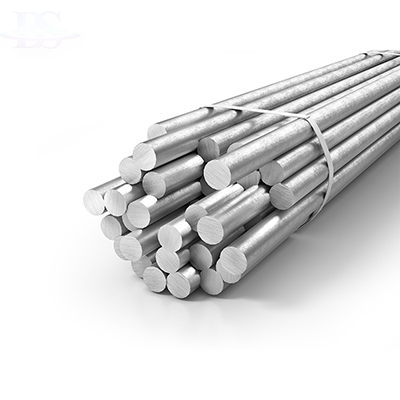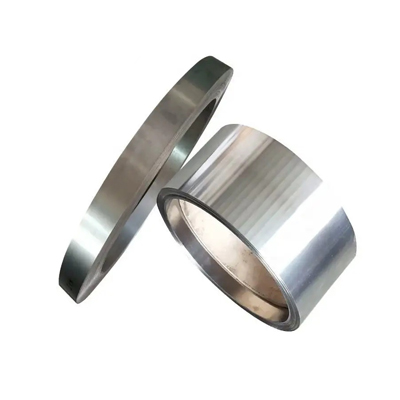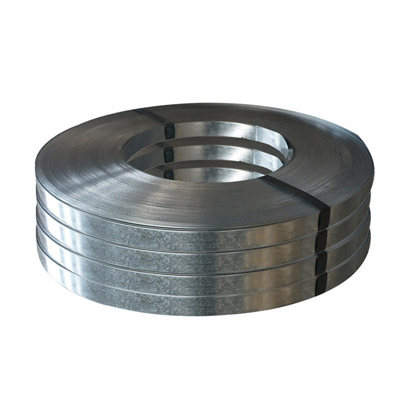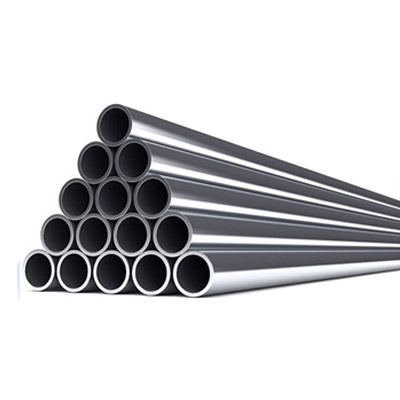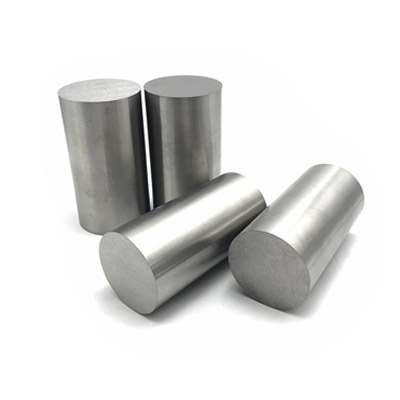Kovar Alloy 29 (4J29)/UNS K94610/W. Nr.1.3981 ASTM F15 Bar Sheet Strip Tube
Overview
Nilo alloy 4J29, commonly referred to as Kovar alloy, is a carefully designed and optimized nickel-iron alloy. This alloy is widely acclaimed for its unique physical and chemical properties, especially in applications where the material's coefficient of linear expansion, thermal stability and corrosion resistance are strictly required.
The main components of 4J29 alloy are iron and nickel, and a certain amount of cobalt is added to achieve the required properties. Its coefficient of linear expansion is precisely adjusted to match specific types of glass and ceramic materials, such as borosilicate glass, thus ensuring excellent sealing performance over a wide temperature range. This characteristic makes 4J29 alloy ideal for the manufacture of highly reliable electronic packages and vacuum devices.
Nilo alloy 4J29 also exhibits excellent corrosion resistance, maintaining the stability of its structure and properties even in humid, salt spray or other corrosive environments. This makes it an ideal material for equipment operating in harsh conditions, such as Marine engineering, chemical processing, and aerospace applications.
Limiting Chemical Composition, %
Iron............................................................................................................................................................................................Balance.
Nickel...................................................................................................................................................................................28.50-29.50
Cobalt..................................................................................................................................................................................16.80-17.80
Molybdenum...........................................................................................................................................................................0.20 max.
Chromium...............................................................................................................................................................................0.20 max.
Copper.....................................................................................................................................................................................0.20 max.
Silicon.....................................................................................................................................................................................0.30 max.
Manganese.............................................................................................................................................................................0.50 max.
Sulphur....................................................................................................................................................................................0.02 max.
Phosphorus............................................................................................................................................................................0.02 max.
Carbon......................................................................................................................................................................................0.03 max.
Physical Constants
Density |
lb/in^3..................................................................................0.302 |
g/cm^3...................................................................................8.36 | |
Melting Range |
°F...........................................................................................2460 |
°C..........................................................................................1450 | |
Thermal Conductivity at 20°C (68°F) |
W/m.k....................................................................................17.3 |
Mechanical Properties
Typical Mechanical Properties of Strip(Tested parallel to the direction of rolling,Material annealed 1830°F for 30 minutes, then furnaced cooled)
Yield Strength,MPa |
Tensile Strength,MPa |
% Elongation in 2" |
Hardness Rockwell B |
345 |
517 |
30 |
68 |
Magnetic Properties
Kovar alloy is magnetic at all temperatures below the Curie point. Magnetic properties will depend upon heat treatment; the lower the hardness, the higher the permeability values and lower hysteresis loss. Examples of permeability properties are shown in the following chart:
Flux Density |
1830°F (999°C) 30 min. - FC Permeability |
2010°F (1099°C) 20 min. - FC Permeability |
500 |
1000 |
1900 |
1000 |
1400 |
3500 |
2000 |
2000 |
5800 |
5000 |
2300 |
10000 |
10000 |
3400 |
8200 |
12000 |
3000 |
5000 |
Thermal Treatments
All degreased, fabricated Kovar alloy parts should be degassed and annealed in a wet hydrogen atmosphere. Atmosphere is to be made moist by bubbling the hydrogen through water at room temperature. Care must be taken to prevent surface carbon pickup. Furnace should have a cooling chamber provided with the same atmosphere. Heating should be conducted within the 1540/2010°F temperature range. Time at temperature should be approximately two hours for lowest temperature to 20 minutes for the highest temperature. Parts should then be transferred to the cooling zone and held until below 570°F, then removed. An oxide film on the metallic part is preferred for metal-to-hard glass sealing. The best oxide film is thin and tightly adhering. The film can be produced by heating the parts to 1200/1290°F in regular ambient atmosphere for a time sufficient to form a dark gray to slight brown oxide.
Avaliable Forms
We provide you with a variety of product forms, including but not limited to
● Bar & Rod
● Pipe & Tube
● Coil & Strip
● Plate & Sheet/Circle
● Wire
● Fitting (Flange, Elbow, Tee...)
● Customize
description2



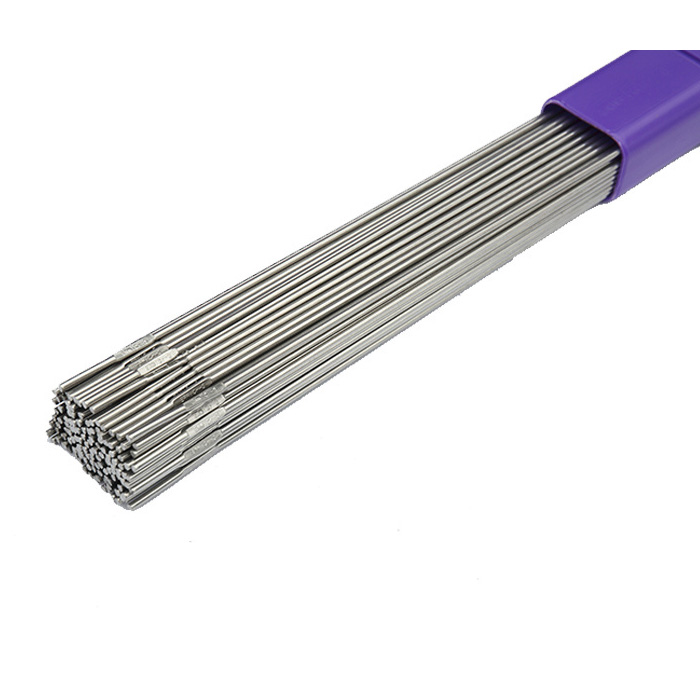 Inconel 625
Inconel 625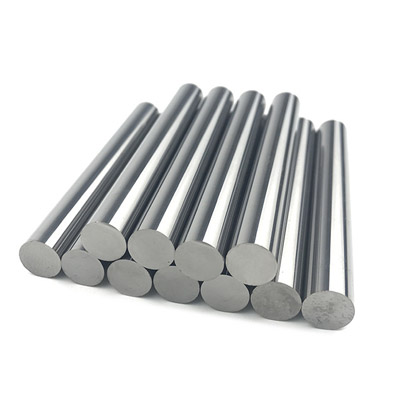 Inconel 718
Inconel 718 Inconel 725
Inconel 725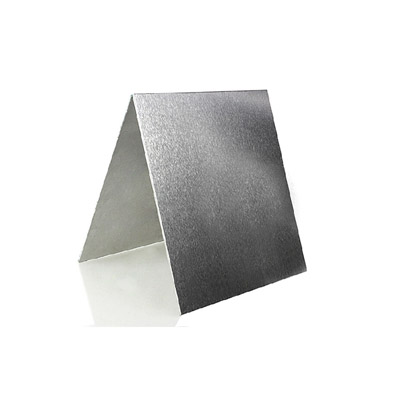 Inconel X-750
Inconel X-750 Inconel 690
Inconel 690 Inconel 617
Inconel 617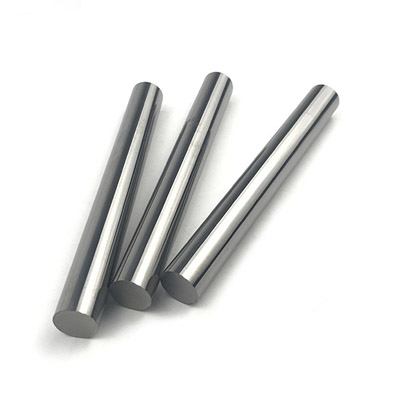 Inconel 601
Inconel 601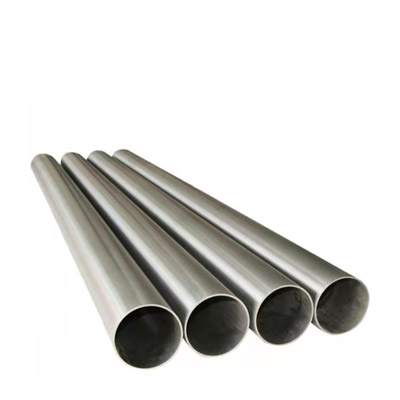 Inconel 600
Inconel 600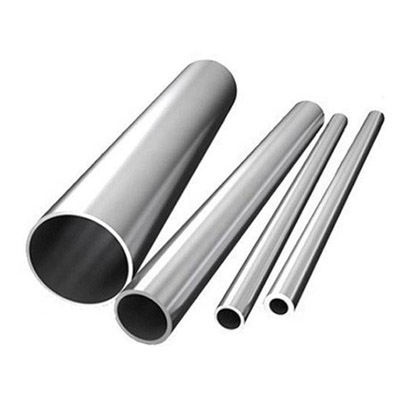 Inconel 686
Inconel 686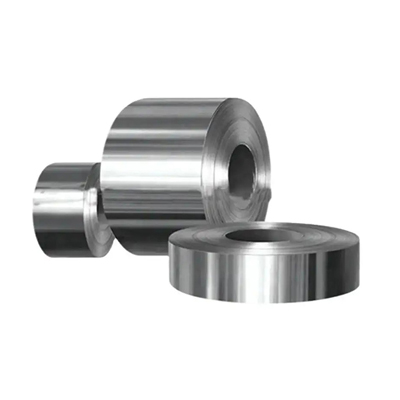 Inconel 602CA
Inconel 602CA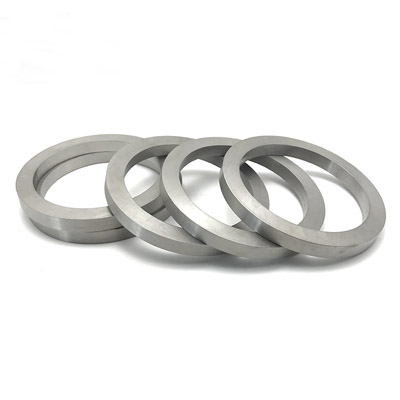 Incoloy A-286
Incoloy A-286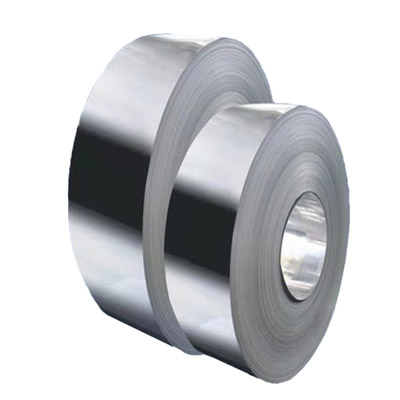 Incoloy 825
Incoloy 825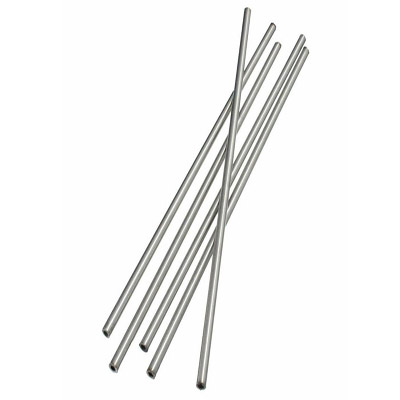 Incoloy 925
Incoloy 925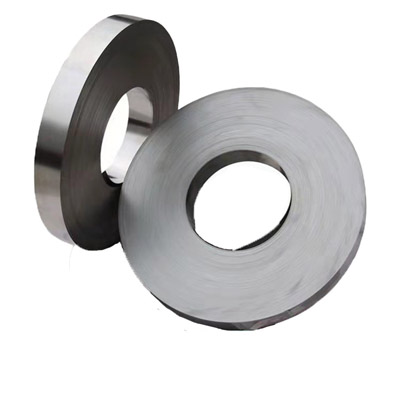 Incoloy 926
Incoloy 926 Incoloy 800
Incoloy 800 Incoloy 800H
Incoloy 800H Incoloy 800HT
Incoloy 800HT Incoloy 909
Incoloy 909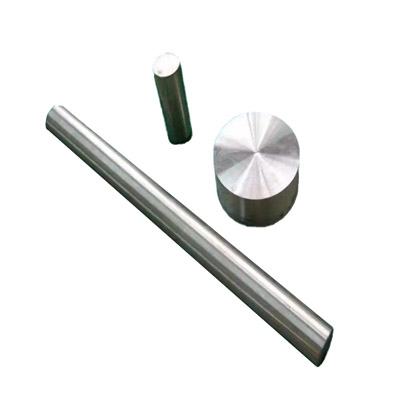 Incoloy 31
Incoloy 31 Incoloy 901
Incoloy 901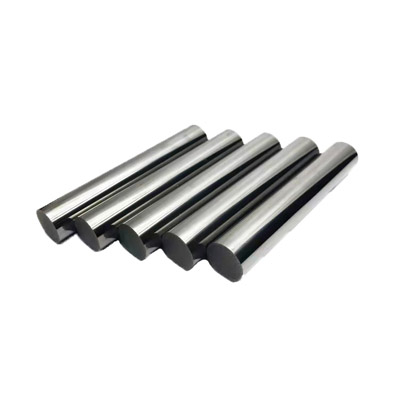 Monel K-500
Monel K-500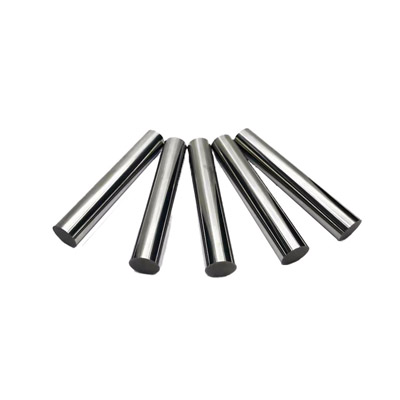 Monel 400
Monel 400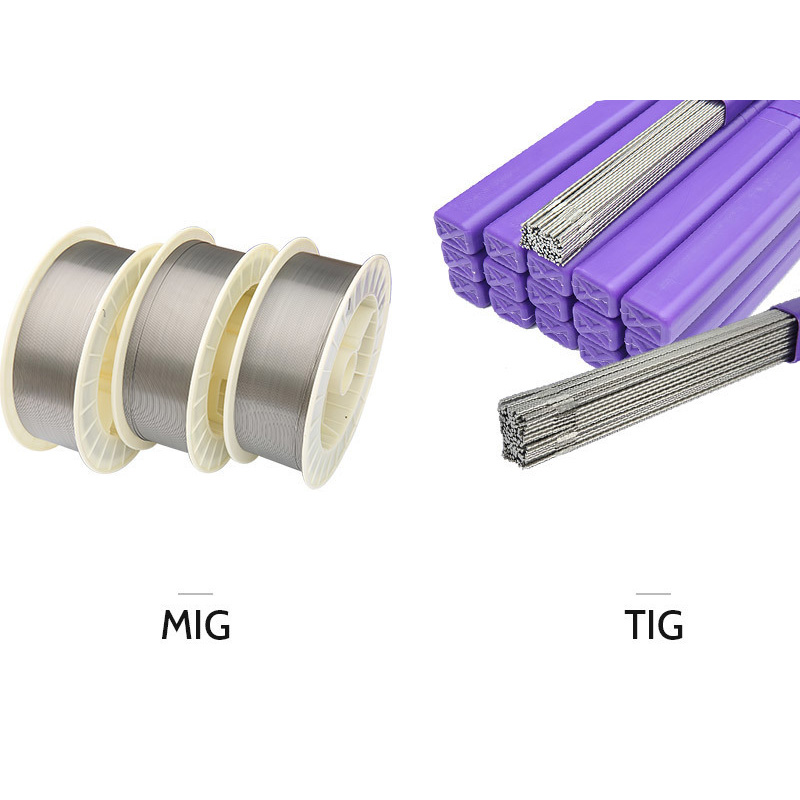 Nimonic 263
Nimonic 263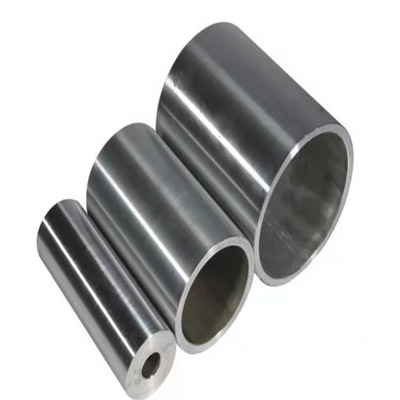 Nimonic 75
Nimonic 75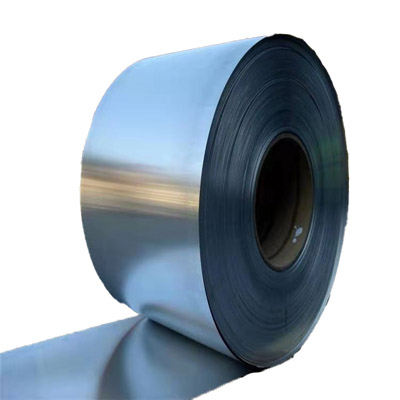 Nimonic 80A
Nimonic 80A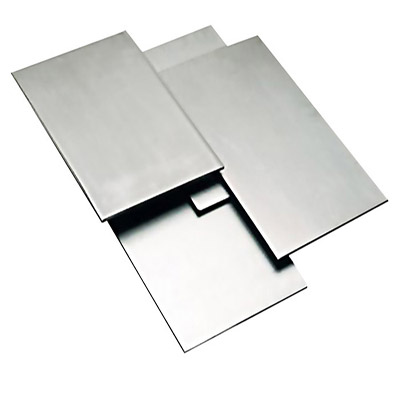 Nimonic 90
Nimonic 90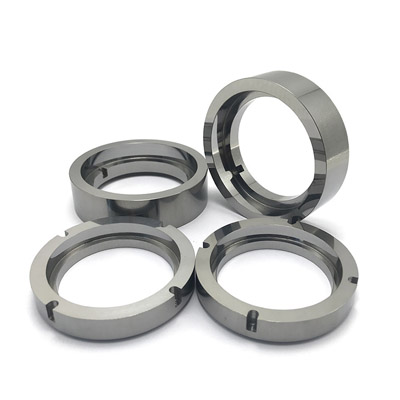 Nimonic PE11
Nimonic PE11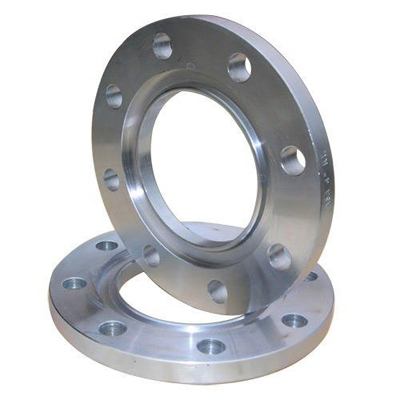 Nimonic PE16
Nimonic PE16 Nimonic PK33
Nimonic PK33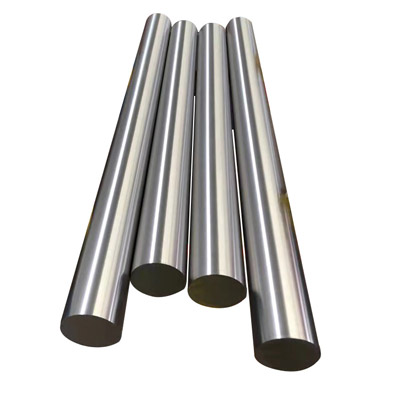 Nimonic 901
Nimonic 901 Nimonic 81
Nimonic 81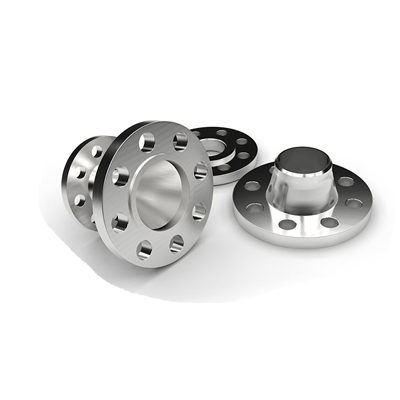 Nimonic 86
Nimonic 86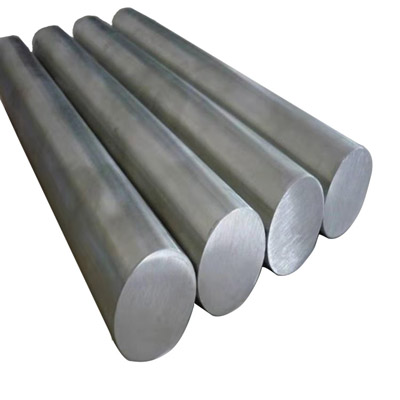 Nimonic 105
Nimonic 105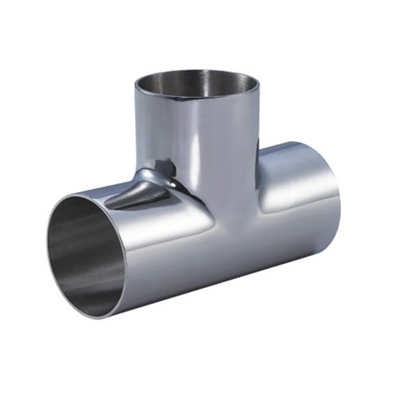 Nimonic 115
Nimonic 115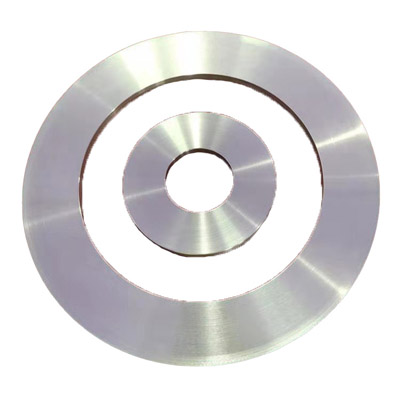 Hastelloy C-276
Hastelloy C-276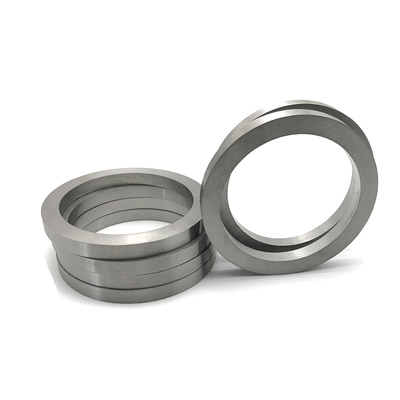 Hastelloy C
Hastelloy C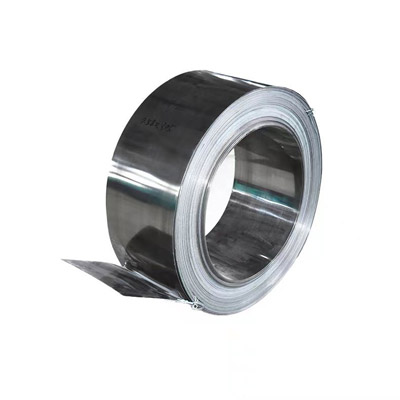 Hastelloy C4
Hastelloy C4 Hastelloy C-22
Hastelloy C-22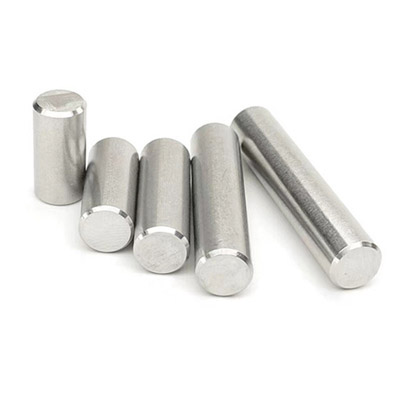 Hastelloy C-2000
Hastelloy C-2000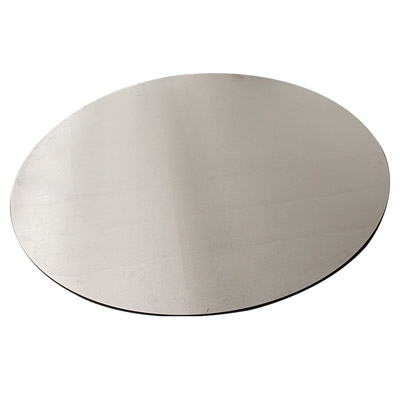 Hastelloy B-2
Hastelloy B-2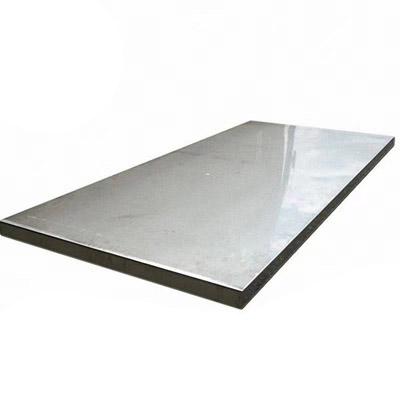 Hastelloy B-3
Hastelloy B-3 Hastelloy G30
Hastelloy G30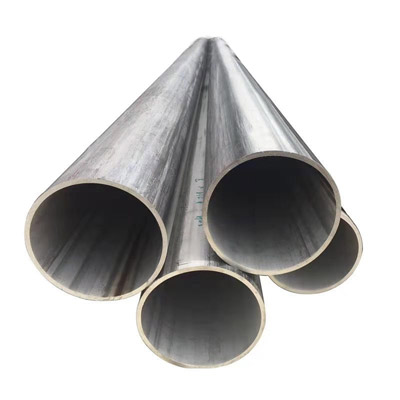 Hastelloy X
Hastelloy X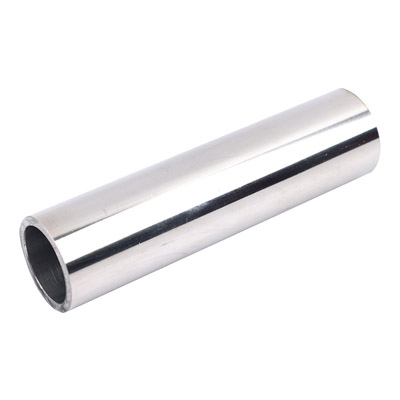 Super Invar 32-5(4J32)
Super Invar 32-5(4J32)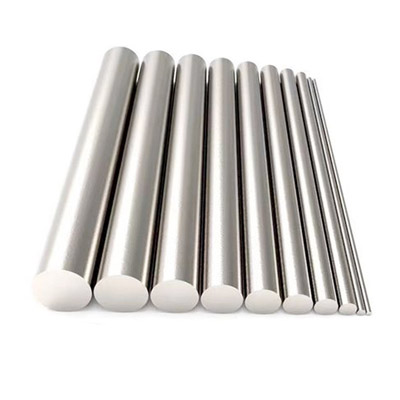 Alloy 36(4J36)
Alloy 36(4J36)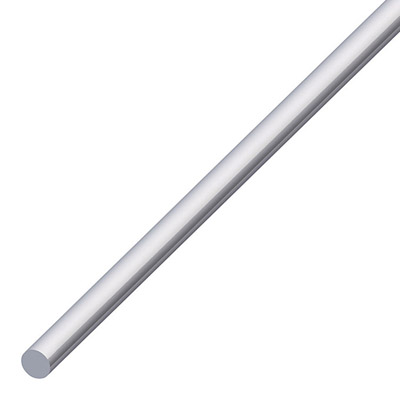 Alloy 42(4J42)
Alloy 42(4J42) Alloy 50(1J50)
Alloy 50(1J50) Hiperco 50(1J22)
Hiperco 50(1J22)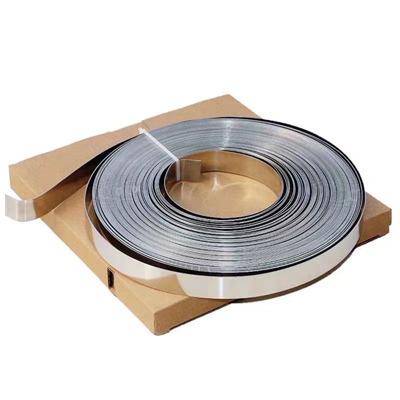 Alloy 46
Alloy 46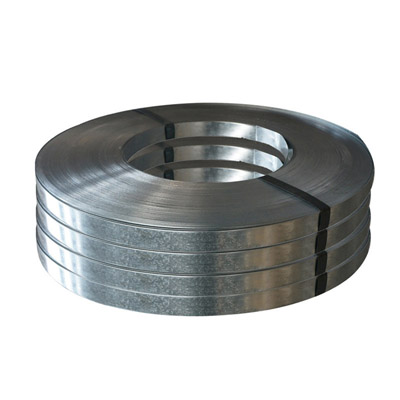 Permalloy (1J79)
Permalloy (1J79) Supermalloy(1J85)
Supermalloy(1J85)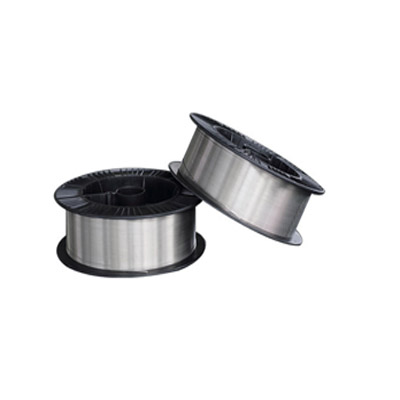 ERNiCrMo-2
ERNiCrMo-2 ERNiCrMo-3
ERNiCrMo-3 ERNiCrMo-4
ERNiCrMo-4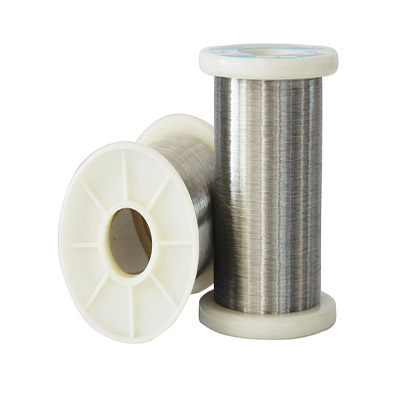 ERNiCrFe-7
ERNiCrFe-7 ERNiCrFe-7A
ERNiCrFe-7A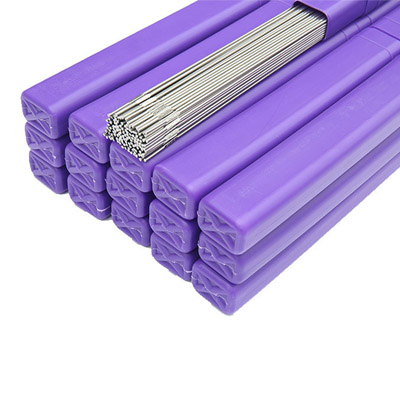 ERNiCrMo-10
ERNiCrMo-10 ERNiCrCoMo-1
ERNiCrCoMo-1 ERNiFeCr-2
ERNiFeCr-2 ERNiFeCr-1
ERNiFeCr-1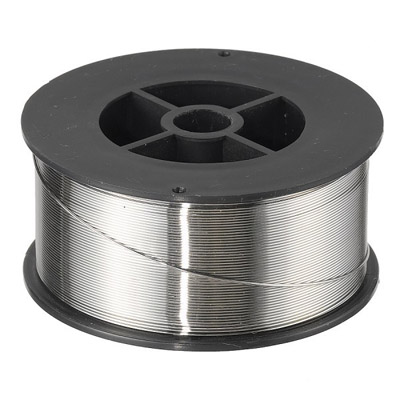 ERNiMo-8
ERNiMo-8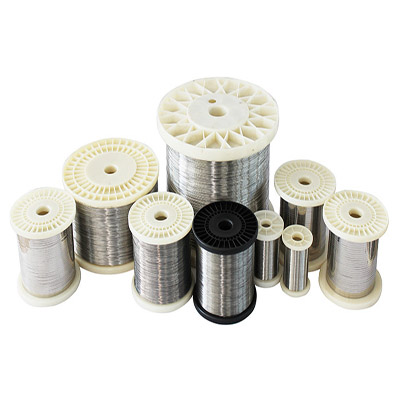 ERNiCrMo-13
ERNiCrMo-13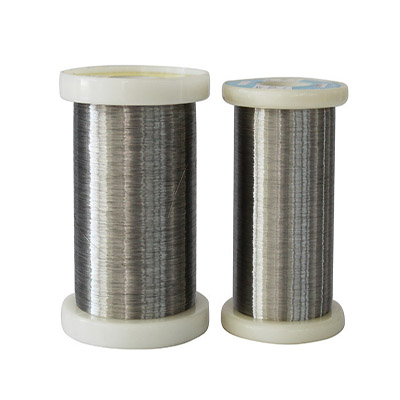 ERNiCr-4
ERNiCr-4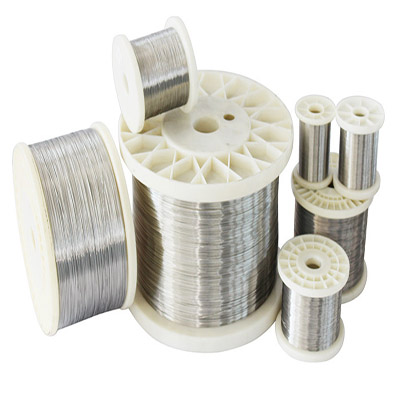 ERNiCr-3
ERNiCr-3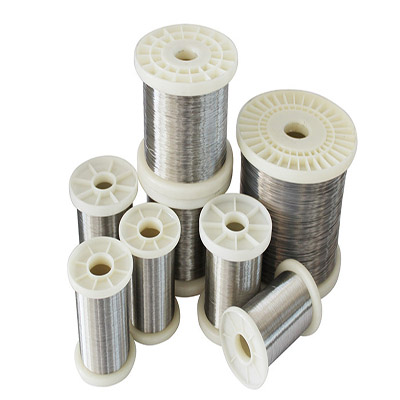 ERNi-1
ERNi-1 Haynes-25
Haynes-25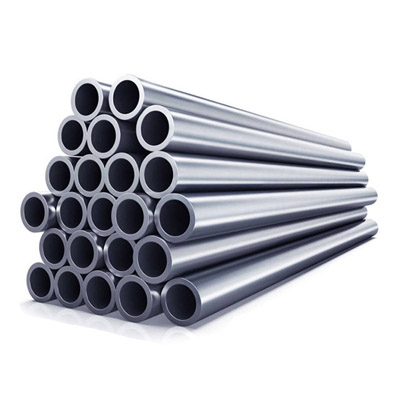 Hayness-188
Hayness-188 MP35N
MP35N Refractory 26
Refractory 26 Waspaloy alloy
Waspaloy alloy 17-4PH
17-4PH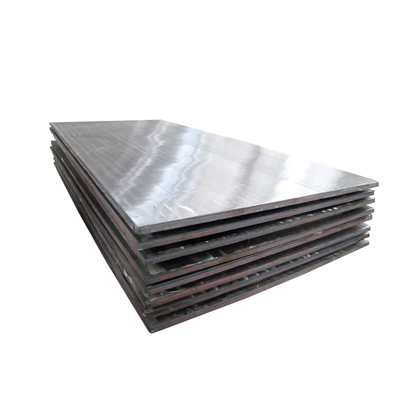 17-7PH
17-7PH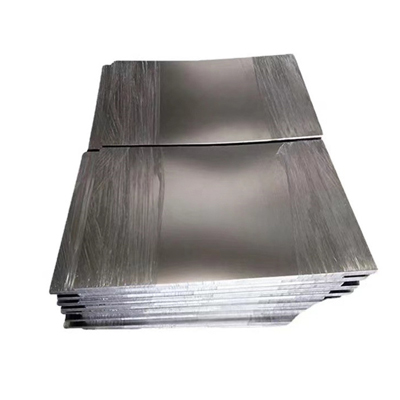 904L
904L Nitronic 50
Nitronic 50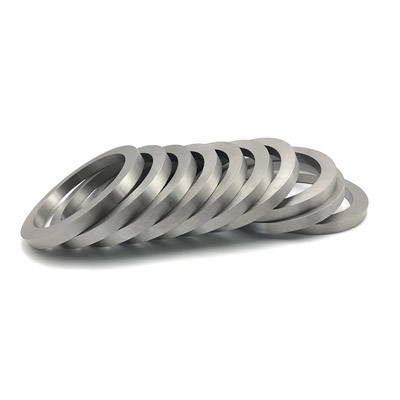 Nitronic 60
Nitronic 60 AL-6XN
AL-6XN F55
F55 PH 13-8
PH 13-8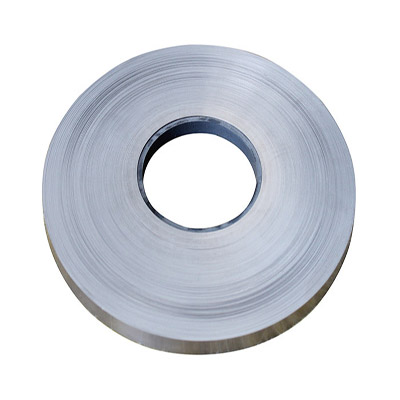 Haynes-230
Haynes-230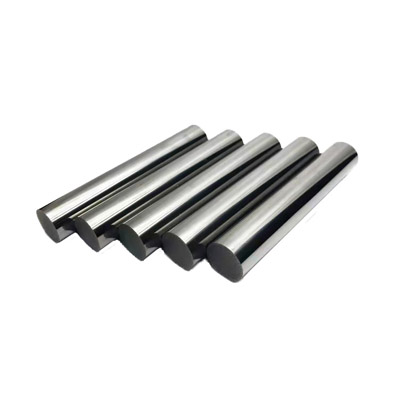 Nickel 200
Nickel 200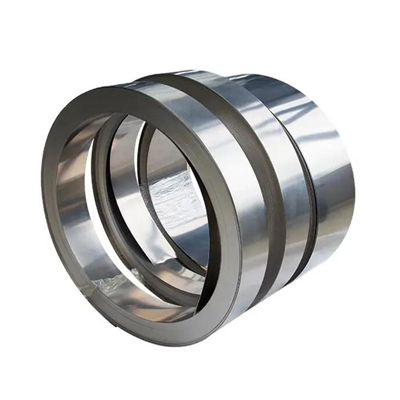 Cr20Ni80
Cr20Ni80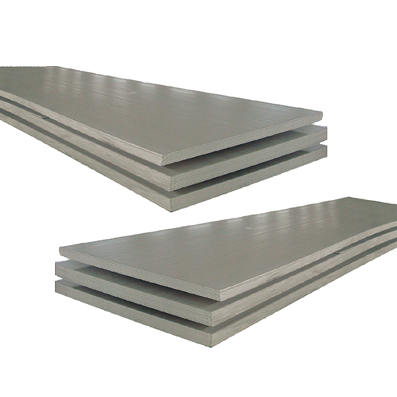 Sheet & Plate
Sheet & Plate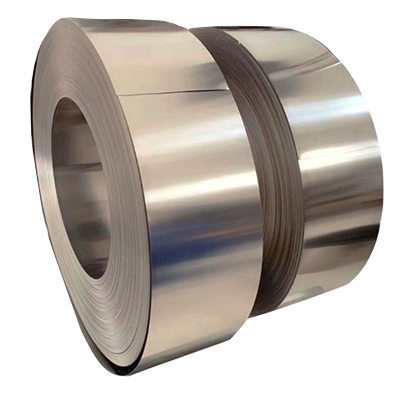 Strip & Foil
Strip & Foil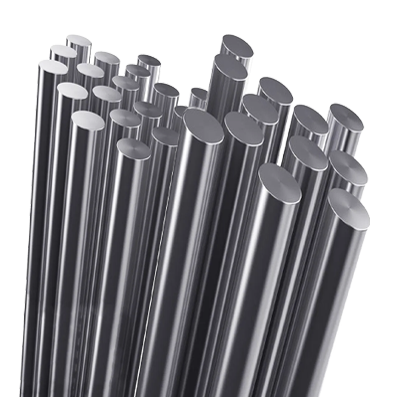 Bar & Rod
Bar & Rod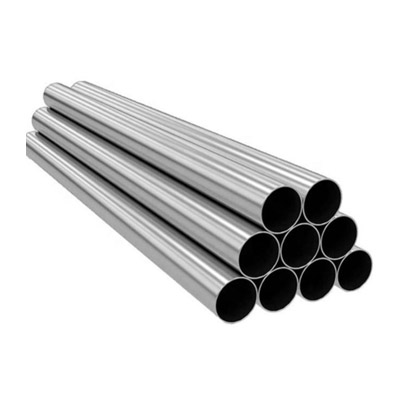 Pipe & Tube
Pipe & Tube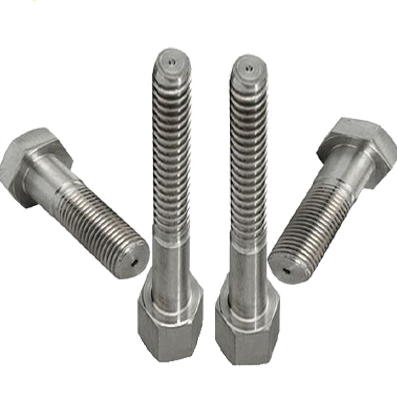 Bolts & Fasteners
Bolts & Fasteners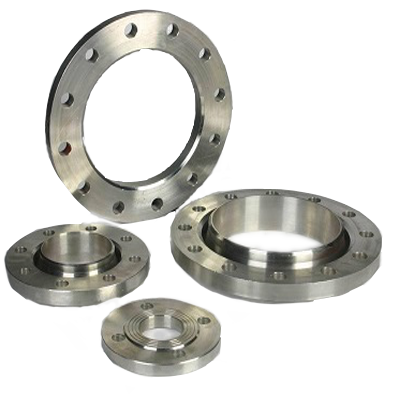 Flange & Ring
Flange & Ring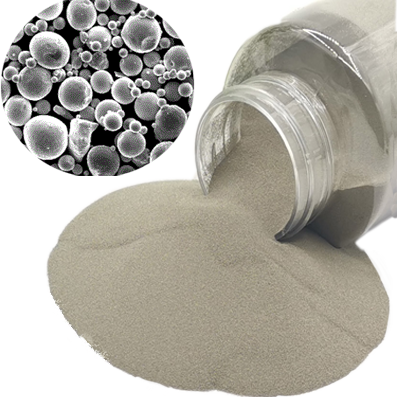 Nickel Alloy Powder
Nickel Alloy Powder

